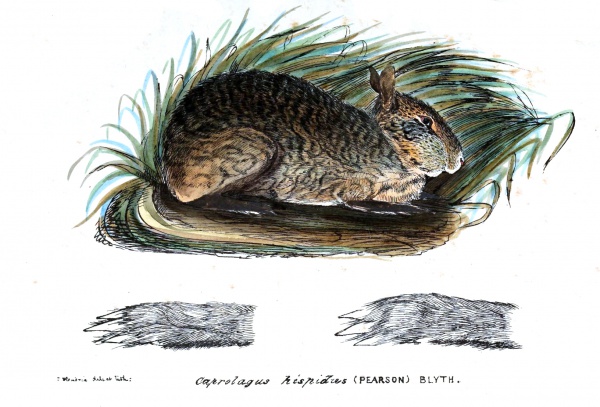Facts About Hispid hare
The hispid hare, also known as the Assam rabbit or bristly rabbit, is a unique rabbit species native to South Asia. Once flourishing in the southern foothills of the Himalayas, this hare now inhabits a highly fragmented range of less than 500 square kilometers within a broader area of 5,000 to 20,000 square kilometers. The population of the hispid hare has been steadily declining due to threats such as agriculture, flood control, and human development, leading to its classification as Endangered on the IUCN Red List since 1986.
Distinguished by its rough, bristly coat, short ears, and brownish coloration, the hispid hare exhibits notable sexual dimorphism. Males typically weigh between 1,810 to 2,610 grams, while females average around 2,518 grams. Currently, their distribution is scattered across Bangladesh, India, Nepal, and possibly Bhutan. These hares prefer early successional tall grasslands and often seek refuge in marshy areas or grasslands adjacent to riverbanks during the dry season.
One of the key habitats for the hispid hare is Shuklaphanta National Park, where researchers captured images of the hare through camera traps in 2010, underscoring its international significance. In 2016, a hispid hare was observed in Chitwan National Park after many years of absence. These hares are most active during dawn and dusk. Although details on their reproduction are limited, it is known that they produce small litter sizes.

 China
China